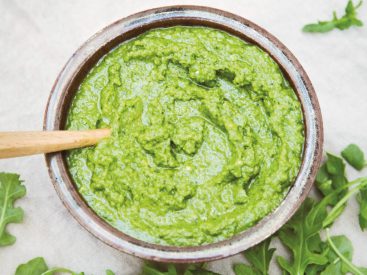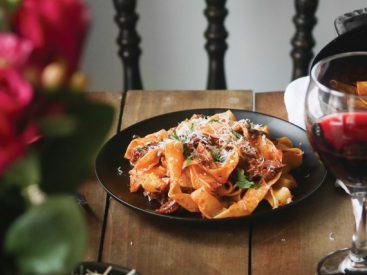Although research for my new restaurant Brutto began in 2016, it’s been extremely difficult getting to Italy over the past 18 months to meet with producers, growers, winemakers and chefs. But there have been gaps in between all the lockdowns, and with them the opportunity for short trips – […]
Delicious!
Delicious!



